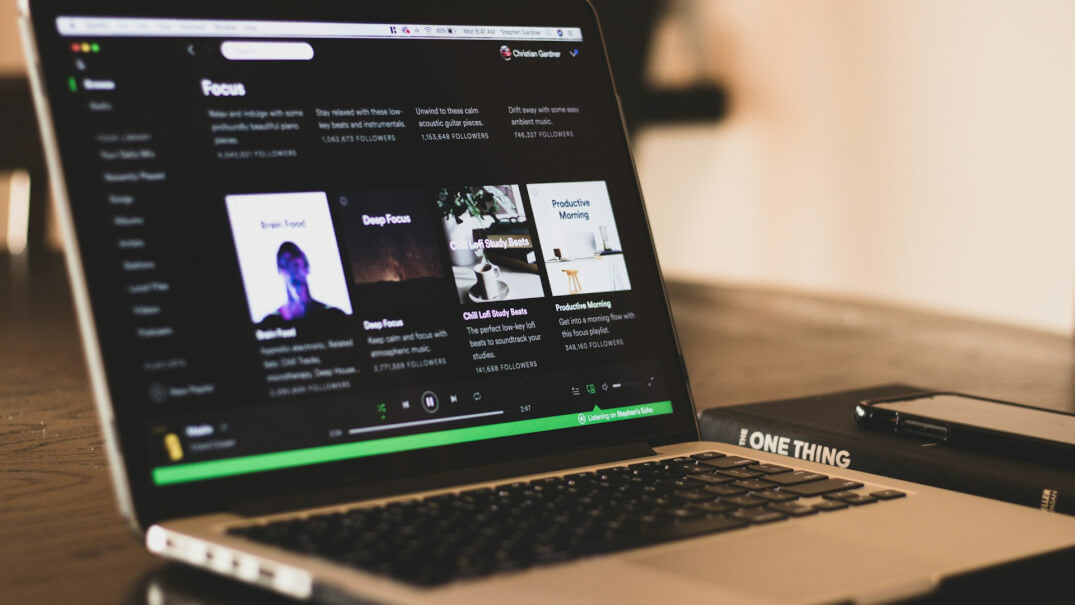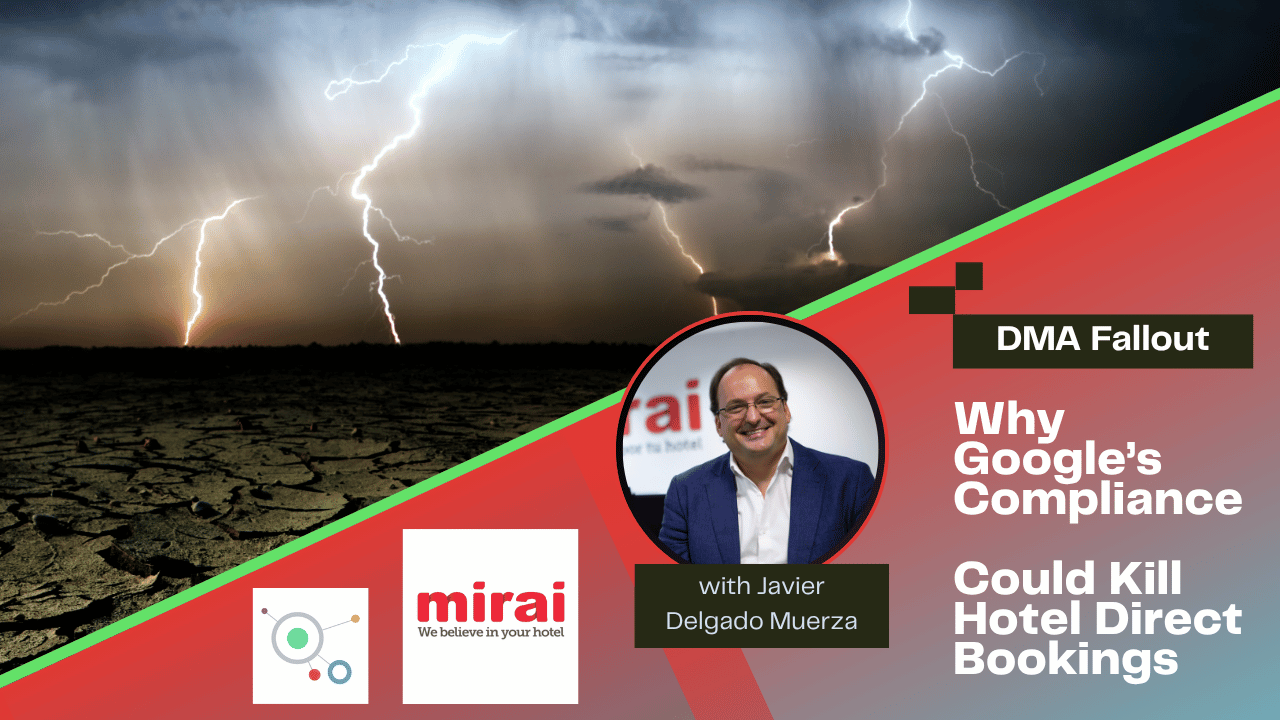- Invest in Social Media Advertising because it’s where potential guests are spending the most time.
With the rise of Generation C, which stands for a new generation of consumers deemed by Google and Nielsen as “always connected,” hotel marketers need to invest in paid social to reach potential guests where they are most engaged. It’s important to note that this new generation is not an age group, it’s an attitude and mindset defined by key characteristics: connection, community, creation, and curation.
Social Media represents 28% of all time spent online for this segment, where they connect with a robust community of fans and followers across all screens and devices. This segment thrives on creating impactful content and curates share-worthy content as a way to influence and connect with their community, including content from brands. This highly connected online behavior needs to be top of mind for marketers, with social media advertising playing a key role to reach this highly engaged audience.
Case Study: In a single property multi-channel campaign targeting Generation C, social media ads performed 8 times better than a display campaign on a travel publication website.
- Social Media ads gain the most traction when incorporated into multi-channel campaigns.
When Social Media advertising is incorporated into a multi-channel campaign, it moves from being an influencer channel to one that amplifies campaign reach and drives conversions. Based on hotel seasonality and business needs, build multi-channel campaigns including core revenue drivers such as SEM, email marketing, and the Google Display Network and seamlessly integrate social advertising on top platforms such as Facebook and Twitter.
To drive even greater returns, Social Media ads perform best when utilizing a travel ad network such as Sojern or ADARA which uses first-party travel data from top airline and travel planning websites to target users during the travel planning process to a hotel’s destination. Adding this layer of data to your social media ad targeting ensures that you are serving social media ads deeper within the booking funnel, bringing your campaign one step closer to a conversion.
Case Study: A multi-property brand launched a standalone ad campaign on Facebook and a multi-channel campaign incorporating Facebook ads through a travel ad network. By utilizing Facebook through an ad network incorporated into a multi-channel campaign, revenue increased by 1,373% and ROAS increased by 6,345%.
- You can pay-to-play on a conservative budget with smarter targeting.
As social media advertising continues to evolve, targeting becomes more powerful and impactful on each platform. On Facebook, marketers should utilize custom audience targeting which allows marketers to target their own email list across the network, as well as implement look-a-like audience targeting which allows marketers to expand reach to users who match the profile of their email list. Consider integrating behavioral targeting into your Facebook ad campaigns to hone in on users in the travel planning process.
On Twitter, marketers should utilize @username targeting which allows marketers to target followers of a relevant Twitter handle as well as keyword targeting which allows marketers to target the context of individual users’ tweets. Consider @username targeting to influence market share by targeting the followers of your top comp set.
And finally, take advantage of the unique targeting capabilities on YouTube such as in-market targeting which takes advantage of search behavior to reach users planning a trip to a hotel’s destination with videos that can positively influence potential guests during the booking phase.
Case Study: When utilizing more granular targeting such as “in-market” targeting, social campaigns can drive an ROAS of 400% with a budget as small as $1,000.
- With newsfeed algorithms shifting towards paid content, invest in promoted content to effectively reach users in each phase of the travel journey.
On Facebook alone, organic posts only reach about 2-3% of fans making it extremely important for brands to invest in their content to ensure reach and engagement. Effective social media advertising reaches users at every touch point of the travel planning journey. Starting with the dreaming phase, marketers should use destination rich images and videos to motivate and inspire users to travel. In the planning and booking phase, marketers should promote a concrete offer or package retargeting users who abandon a booking across the web and social platforms. Finally, in the experience and sharing phase, marketers should promote content surrounding things to do in the destination to enhance the travel experience and promote consumer generated content from guests. Remember, promoting one guest’s sharing phase can influence and inspire a potential guest’s dreaming phase leading to long-term bookings.
Case Study: A family-friendly resort launched an organic Facebook post and a promoted Facebook post targeting users in the booking phase. By launching a Facebook promoted post, the Facebook post reach increased by 4,324% and click-through rate increased by 350%.
- Take advantage of the unique strengths of each platform to enhance overall campaign efficiency.
Make sure you are choosing the right social platform to reach the right audience and achieve overall campaign goals. For instance, Pinterest is the most effective platform for reaching wedding planners, and Twitter can be more effective for reaching business travelers than YouTube.
Case Study: Launching ads on Pinterest as part of a wedding campaign garnered 500% more engagement than on Twitter.
Overall, when the right strategy and approach is applied to social media advertising, it not only effectively engages and influences the hyper-connected traveler that makes up Generation C, but it can also be a very powerful tool to amplify the reach of multi-channel campaigns and increase conversions.




